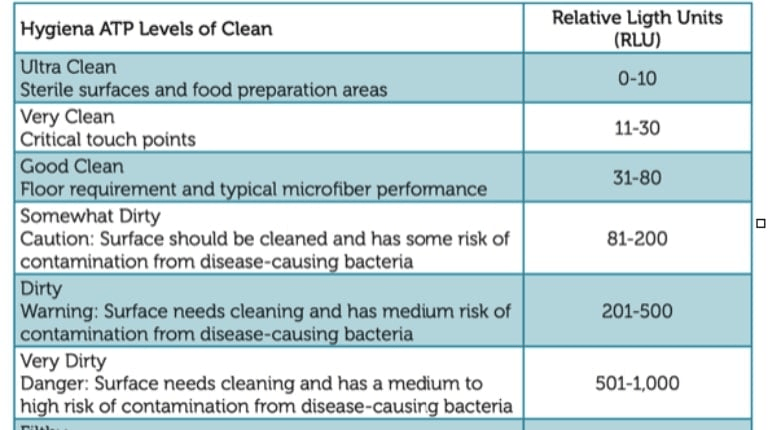Part 1: Cleaning Chemicals and their Effect on Health, Safety, and the Environment
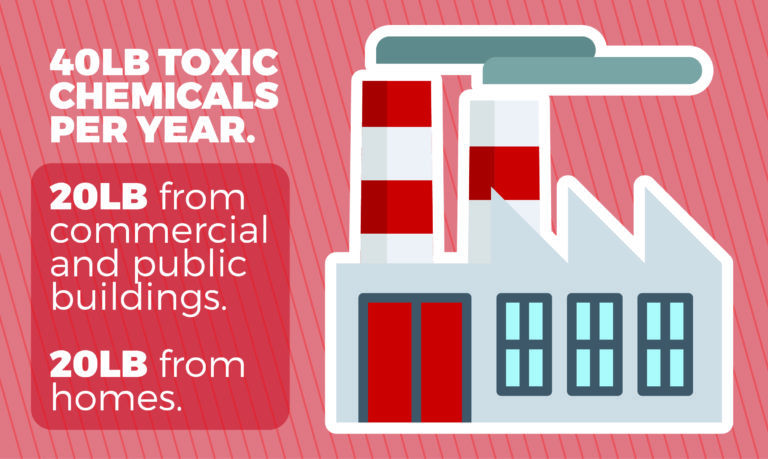
Did you know that each year in the United States we dump sixbillion pounds of cleaning chemicals into our environment? This equates to approximately twenty pounds of toxic chemicals for each person in the U.S. This huge amount comes mainly from commercial, public, institutional, and industrial buildings. However, we also dump another six billion pounds of chemicals from our homes each year, totaling forty pounds of toxic chemicals per person in the U.S. each year!This number is staggering, but we did not always live this way. Before World War II, most houses in the U.S. were cleaned using natural ingredients that were both mild and safe. However, in the generation after WWII there was a proliferation of synthetic and often untested chemicals that were then incorporated into highly complex cleaning products. Because of the billions of dollars invested in advertising these products, consumer around the world swiftly became convinced that these were the best products to use to clean the home.Today, the typical U.S. home now contains around 63 unsafe cleaning-related products incorporating hundreds of questionable chemicals. Many of these cleaning chemicals have been linked through scientific studies to a variety of lethal diseases, including disorders of the immune system, cancer, and asthma. Once these products are utilized and mixed with all the dirt and grime they are meant to clean, they are then dumped down the drain untreated, polluting our streams and water sources.
Cleaning with toxic chemicals is especially dangerous to members of the population who may already have a lowered immune system, or who are at-risk due to age or other conditions. Pregnant women, senior citizens, young children and newborn babies, cancer survivors, and those with severe allergies or asthma should be sure to avoid dangerous cleaning chemicals in their households as they are more vulnerable to the harmful effects these products can have. Even household pets like dogs, cats, and rodents can be badly affected by chemical-laden cleaning products!
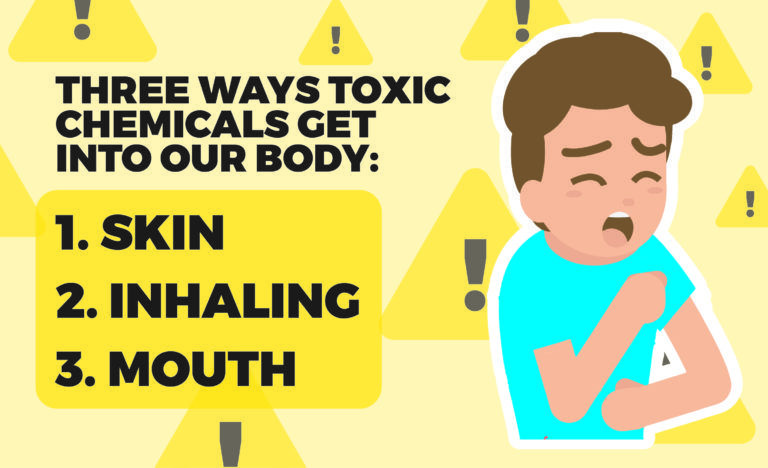
There are three main ways that these dangerous chemicals can get into the body and become a health risk. The first is by ingesting chemicals through the mouth. Children are obviously the most at-risk population for this type of issue. The second way that chemicals can enter the body is by inhaling them. This is a situation that can escalate quickly and dangerously, as it is hard to detect when a room is not getting enough ventilation and cleaning chemicals are polluting the air. The third route is absorption through the skin due to residue left on surfaces after the cleaning products are used. Human skin is an extremely porous organ, and dangerous chemicals can be absorbed and affect even the internal organs.
Conventional “green” cleaning products have been designed to include chemicals which are safer and break down more quickly in the environment. However, these products still contain a wide range of chemical substances that aren’t all that much better than toxic products. These chemicals can be inhaled or absorbed through the skin in much the same way as the more toxic chemicals. Another issue to watch out for is “green washing.” These are marketing tactics that claim certain products are “green” when in reality they contain the same dangerous chemicals.
The difference with chemical-free cleaning is that absolutely no residual chemicals are left on surfaces or released into the air. There are no carcinogenic or toxic results, and it does not degrade indoor air quality. With chemical-free cleaning, we can reduce the billions of tons of chemical waste released into the environment to zero, we can reduce cleaning-related health issues to zero, and we can reduce the amount of dangerous chemicals absorbed into our bodies to zero.
For more information on these topics, take a look at the links below.
Key Links:
Chemical-Free Cleaning: Revisited
Modern Cleaning: Why Chemical Free?
http://www.moderncleaning.com/WhyChemicalFree.aspx
Modern Cleaning: The Science
http://www.moderncleaning.com/Science4/Science.aspx
Part 2: Key Technologies in Chemical-Free Cleaning
Now that you have a basic overview of the effects that toxic cleaning chemicals can have on the body, it’s time to introduce the facts behind chemical-free cleaning products and how they work. Chemical-free cleaning combines traditional and innovative new technologies in order to save money and preserve the environment and healthy living.
Activated Water:
The first new technology we will cover is activated water. This revolutionary process transforms basic tap water into an extremely powerful disinfectant and cleaning tool, simply by running a small electrical current through the water. The activated water is remarkable not only for its cleaning abilities, but also for the fact that the only residue left over is water. Another great advantage of activated water is that due to the electroporation process, it doesn’t take a lot of time to process. It works immediately on contact with dirt and grime.
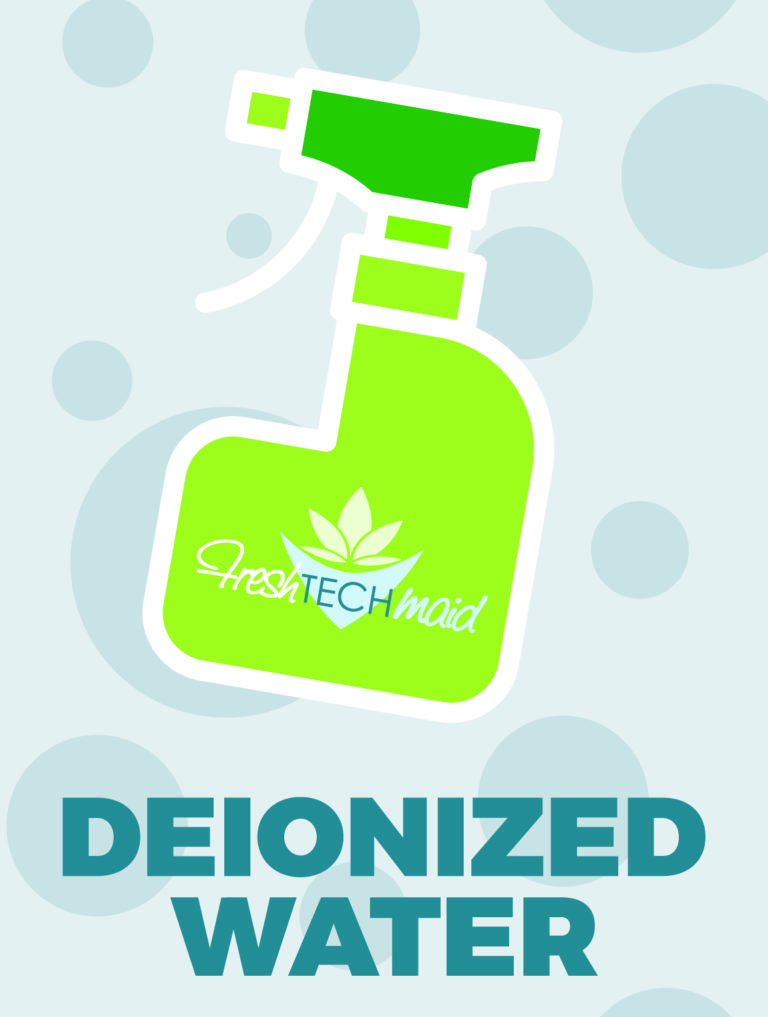
Deionized Water:
Another type of cleaning fluid is deionized water. This is our favorite type of cleaner at this maid service in Chicago! It is water in its purest form, free of mineral contaminants. It acts as a “hungry” cleaner by attracting and dissolving both microorganisms and soil. It is a powerful solvent, due to its unbalanced chemical makeup. Combining de-ionized water with a microfiber cloth is a great sanitizer, and again, it leaves only water as a residual.
Liquid Ozone:
Liquid ozone is also a powerful cleaning product. Ozone is a naturally occurring substance in our atmosphere, and is one of the most effective disinfectants available. In tests to measure pure disinfection effects, ozone was proven to be up to ten times more effective than household bleach! The basic liquid ozone cleaning process is pretty simple. First, you charge a water solution with the ozone. Then you wait a couple minutes to allow for stabilization and even distribution. Next, you simply spray the cleaner onto the surface you are focusing on, let it sit for one to two minutes depending on the soil build-up level, and wipe it away with a microfiber cloth. There are many liquid ozone cleaning devices available for sale, including the popular Tersano Lotus.

Steam Vapor:
The process of heating water to well above boiling temperature (212 degrees Fahrenheit or 100 degrees Celsius) will generate a powerful steam vapor which can be utilized to extensively sanitize virtually any non-electrical surface. Steam vapor forces the dirt, grime, grease, and dust to plump up with water. The process of steam vapor works through rehydration. Rehydration breaks the molecular bonds between dirt particles, allowing them to be wiped or scrubbed away. The extreme heat (some steam vapor systems generate temperatures up to 375 degrees Fahrenheit!) of the steam also helps to weaken the molecular bonds so the dirt is easier to remove. Steam cleaning disinfects in a complete and powerful process with absolutely no residues of any kind, leaving a sterilized surface. Steam vapor technology works well on a variety of household surfaces including formica, tile, glass, fiberglass, stainless steel, and virtually any other hard surface that is not excessively porous. Upholstered furniture, carpets, drapes, mattresses, and balustrades are also well-suited to steam cleaning.
Microfiber Cloth:
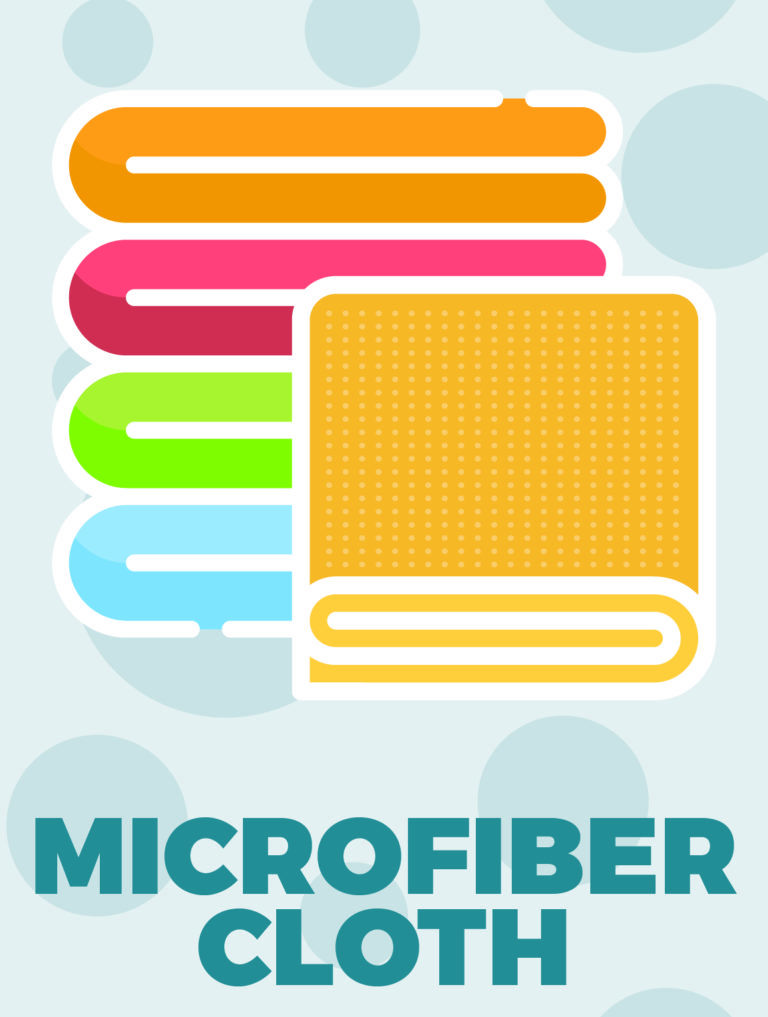
Microfiber cloths are composed of microscopic wedge hook and loop-shaped fibers which work to more easily trap dirt. These tiny fibers sprout from a durable nylon core and are approximately 100 times finer than a single human hair. As they rub across a surface, they are able to adhere onto dirt, regular dust, and even microscopic dust. Microfiber cloths work exceptionally well on their own, without the application of any chemical cleaning solutions at all. Studies have shown that the use of microfiber cloths on hard surfaces can reduce the number of bacteria by 99%, while a similar sweep with a cotton cloth would only reduce bacteria by 33%. Microfiber cloths are excellent grease and fat absorbers as their fibers act like microscopic sponges.
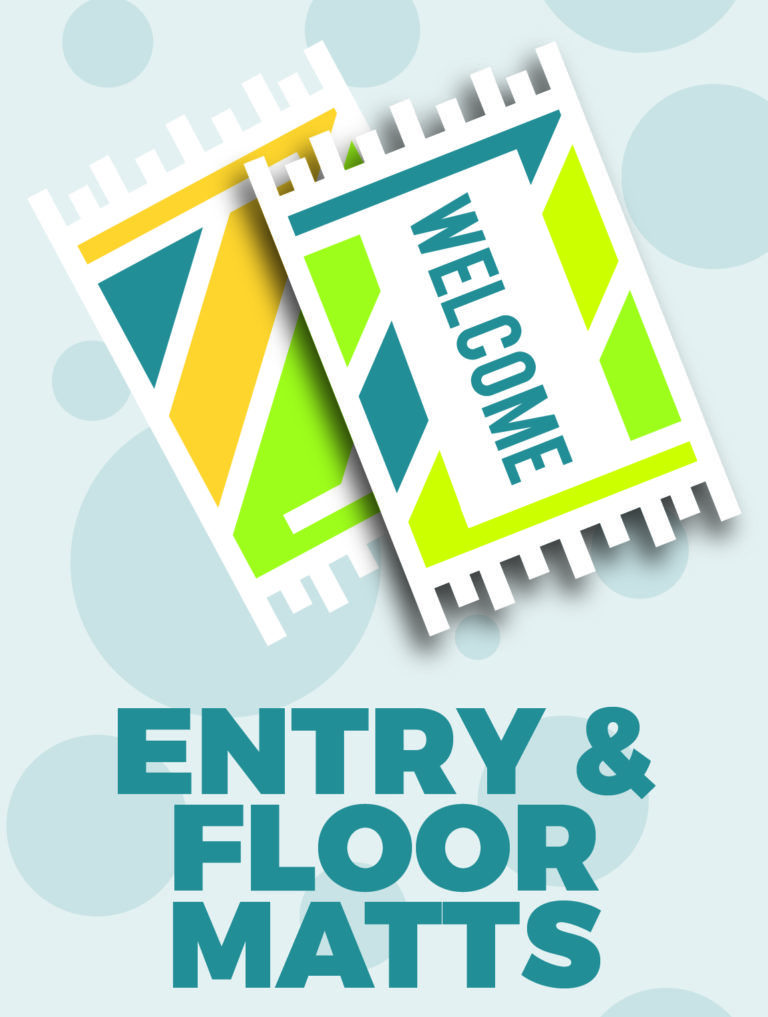
Entry and Floor Mats:
New cleaning technology has created an innovative set of fibers that can be added into the composition of a wide variety of entry and floor mats. These fibers are able to remove dirt and contaminants from foot traffic far more effectively than traditional doormats. This is a great example of an old idea being made more effective with new technology! These mats are able to perform their advanced cleaning functions without resorting to the use of chemicals. The mats fall into two general categories. The first are scraper mats which function as foyer and outdoor dirt removal systems. The second are carpet mats manufactured for indoor use to pull away moisture from the soles of footwear and loosen a wide range of soils and dirt.
UltraViolet-C (UV-C) Light:
Air-based chemical-free technologies focus on eliminating all chemical residue from a building’s indoor air. UltraViolet-C (UV-C) light is an electromagnetic radiation that falls toward the end of the light spectrum, after wavelengths that we can see and ultra-short wavelengths that are used to produce x-rays. UV-C can penetrate and damage organic tissue, so when a bacteria or virus cell is exposed to UV-C light, it is destroyed. There are several distinct advantages to using UV-C disinfection procedures. It is extremely safe as no chemicals are involved, it has a low initial purchase price and low cost of operation, it is easy to install and maintain, it disinfects immediately, and it is completely friendly to the environment as no by-products are generated. However, UV-C light can only sterilize what it shines directly on. If there are areas that are thickly covered in grime, UV-C light would not be the ideal chemical-free cleaning method.

High Efficiency Particulate Air (HEPA) Filters:
High Efficiency Particulate Air (HEPA) filters were created during the early 1940’s and utilized throughout the duration of the Manhattan Project to prevent radioactive particles in the air from spreading from the nuclear laboratories to the rest of the buildings. Today, top-rated HEPA air filtration units can reach a filtration efficiency rating of 99.995%, meaning that just one particle will be let through for every 20,000 captured. This technology has two applications for chemical-free cleaning. First, they can be used for vacuum filters as they have proven to be extremely beneficial for those who suffer from asthma or allergies. The most efficient vacuum systems are called “true HEPA” or “sealed HEPA” systems, so-called because all the air drawn into the vacuum is expelled through the HEPA filter with no air leakage whatsoever. The second application of HEPA filters is that they are often used in hospital operating rooms, computer manufacturing facilities, and high-end homes as part of an HVAC system.
Air Washers:
Air washers require only tap water to function, no need for any toxic or hazardous chemicals. They work by deactivating and killing viruses and bacteria that are often found within conventional air filtration systems. Both laboratory and field tests have shown that air washers are extremely efficient in removing bacteria, viruses, spores, and pollen from the air in a quick and quiet way.
The most effective way to ensure clean indoor air is to utilize photo-catalyzing filters. These filters apply three different purification technologies within their systems. First, a three-stage HEPA filtration process removes the vast majority of hazardous and allergenic particulates and pathogens from the air. Next, the air is exposed to high-intensity UV-C light which kills any organisms that may have been able to pass through the initial filtration system. Lastly, the air flow is misted with electrolyzed water to attack and neutralize a wide range of contaminants suspended in the air flow.
Chemical-absorbing Indoor Plants:

There are also a variety of chemical-absorbing indoor plants that work to purify the air. These plants “inhale” carbon dioxide and emit oxygen in its place, effectively filtering out airborne chemicals such as benzene, formaldehyde, carbon monoxide, and even arsenic. Some good plans for this include ferns, peace lilies, English ivy, mums, philodendrons, Chinese evergreen, leopard lily, and the ficus plant.
For more information on these topics, take a look at the links below.
Part 3: The Quality of Chemical-Free Cleaning
One of the main concerns we hear about implementing chemical-free cleaning is that the quality will not be up to par with the cleaning that you can get using harsh chemicals. However, we have developed three ways of measuring the value of chemical-free cleaning in order to prove that in most cases it is just as effective as cleaning with toxic chemicals based on visuals alone, and from a scientific perspective chemical-free products actually work better! We like to think of the process like this: “If you can’t define it, you can’t measure it. If you can’t measure it, then you can’t manage it. If you can’t manage it, then you can’t improve it.”

The first way we measure the quality of our cleaning is by customer satisfaction. Fresh Tech Maid likes to have our customers define their “ESP,” or expectations, specifications, and preferences. We then evaluate the quality of our cleaning, based on how well we met the specifications and priorities outlined by the customer. So, how well do we do? The answer is that after four year of utilizing only chemical-free cleaning, Fresh Tech Maid has been designated the “Best Pick” for maid services and house cleaning services in Chicago, Arlington Heights, and Evanston. We are also a top rated maid service on Yelp, Angie’s List, Google Reviews, BBB, and Facebook.

The second way of measuring the effectiveness of our chemical-free cleaning is simply by appearance – after all, it is the image that counts! We evaluate the level of cleanliness based on overall tidiness of the home, visible dust level, soil level of corners and edges, the amount of streaks and residue, the amount of soil buildup, a lack of shine or appropriate glossiness, spots and marks, the amount of lint and fibers left on carpets or furniture, missing bathroom paper supplies, and odor.

The last evaluation we have is the scientific contamination measurement. There are three primary testing protocols to scientifically determine the cleanliness of an area. First is the level of adenosine triphosphate (ATP). See the table below for details on proper ATP levels as they relate to hygiene. The second measurement we can use is a particle counter. A particle counter is an electronic device that detects and counts airborne or liquid particles. By using a particle counter, we can determine the air quality based on the size and amount of particles in a room. The third way to test an area for cleanliness is to utilize various types of testing strips on a surface, such as chlorine test strips.
As you can see, there are many ways to prove that chemical-free cleaning works just as well as a cleaning process that utilizes harsh chemicals. The success of a chemical-free cleaning program requires planning, goals, and especially, measurement.
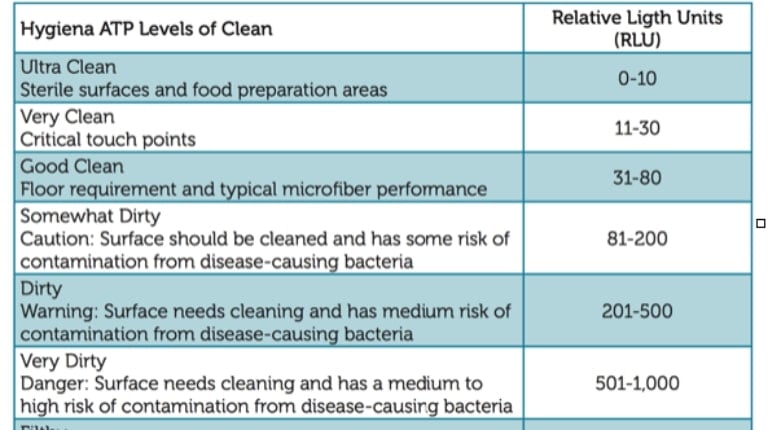
Part 4: The Ultimate Tool List for Chemical-Free Cleaning at Home
Now that you have all of this information at your disposal, you are probably wondering how to begin gathering the necessary materials for a chemical-free cleaning of your home. As of October 2017, Fresh Tech Maid has developed a practical, affordable, and effective tool kit for all of your chemical-free cleaning needs.

General Cleaner
The best general cleaner you can use in your home is deionized water with a microfiber cloth.
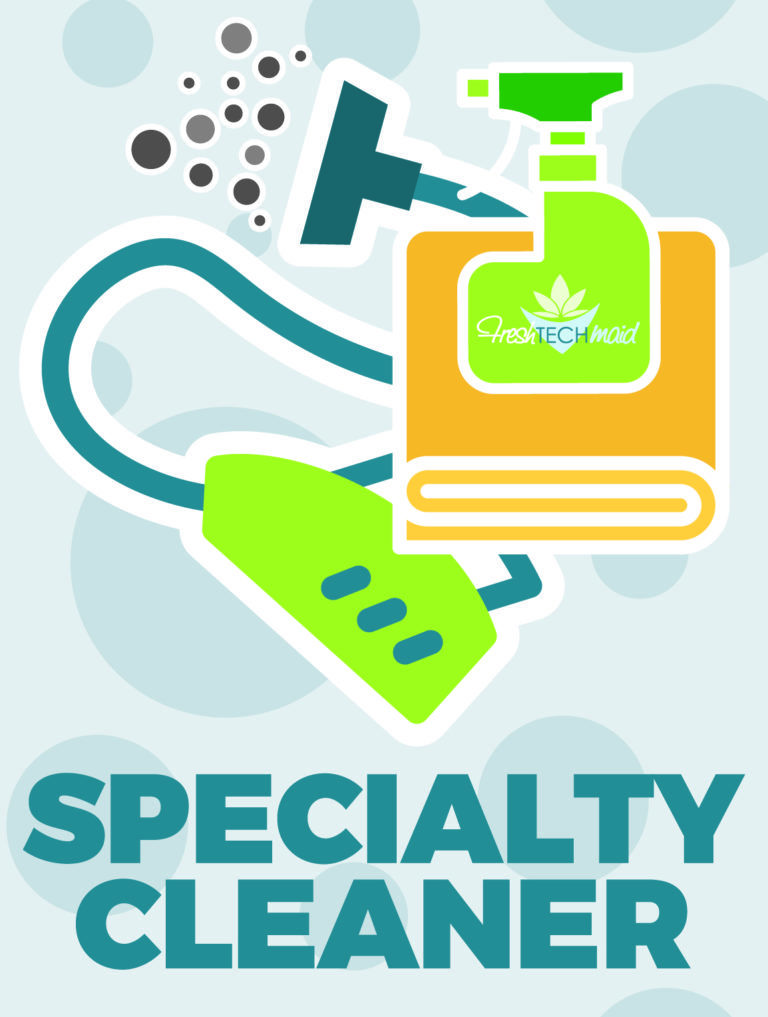
Specialty Cleaner for the Kitchen or Bathroom
Again, deionized water and a microfiber cloth will be very effective at sanitizing surfaces, but if you want an even deeper clean then a steam cleaner is a great choice.

Microfiber Cloths
Microfiber cloths are an essential tool for cleaning any part of the home. We’ve linked to the site that we believe provides the best quality and price of microfiber cloths below. At Fresh Tech Maid, we like to utilize a color system to prevent cross-contamination with our microfiber cloths. You should try it out! Use only red microfiber cloths in the kitchen, green microfiber cloths in the bathroom, and blue microfiber cloths in all other rooms.
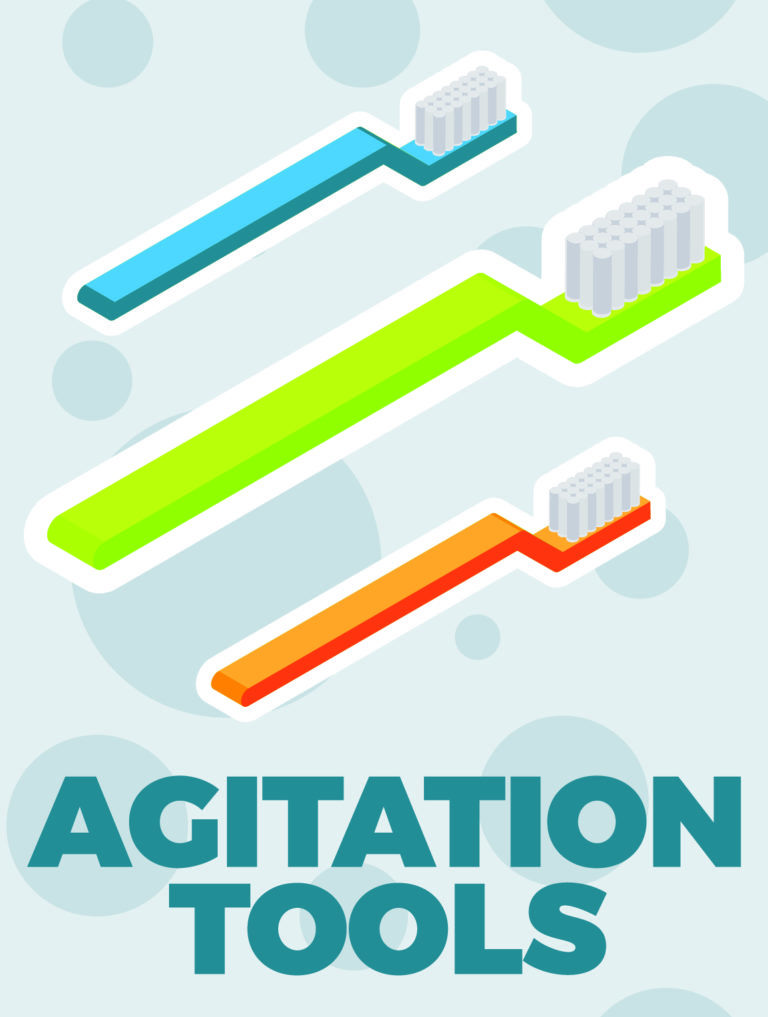
Agitation Tools
It is important to utilize a variety of agitation tools in order to get an extra deep clean! These include the cleaning toothbrush, an excellent way to clean edges and hard-to-reach areas, the plastic scraper to loosen dirt, and the whisk broom to remove debris and dust. We’ve linked to our favorite tools below.

Apron
Though not essential for chemical-free cleaning, aprons make it much easier to organize your agitation tools and microfiber cloths, as well as to carry your deionized water from room to room. We recommend the apron below.
Vacuum
We recommend a completely sealed true HEPA vacuum for your chemical-free cleaning use. Because this vacuum is totally sealed, all of the air drawn into the device will only be expelled through the HEPA filter, making it a top-notch cleaning tool. In the commercial cleaning market, brands do make a difference and it is important to do a little research on the best brands. The vacuum brands in the link below might not be very well-known to consumers, but they are actually some of the best brands on the market. These vacuums are designed for daily intensive use.

Sanitation
For sanitizing areas in the home, we again recommend deionized water and microfiber cloths for regular cleaning maintenance. If you want to expand your range of chemical-free cleaning tools, you can also use microfiber cloths with any of the liquid products such as activated water and liquid ozone. Just remember, the RLU of the Hygiena ATP scale should be less than 80 (please refer to the chart above).
Disinfecting
Disinfectant levels are actually regulated by the Environmental Protection Agency (EPA). Steam cleaning is the most effective way of disinfecting an area, and some dry steam vapor systems, such as TANCS, are recommended by the EPA. Just remember that while these systems are thorough, they are not the fastest method of cleaning. Refer to the manufacturer’s manual to learn how long your steam cleaner will take. UltraViolet-C light is also a great disinfectant. However, it does not work well on areas that are heavily soiled or have thick deposits of dirt.

Plants
We highly recommend that you invest in some indoor plants to help purify the air within your home. There is strong evidence that a variety of plants help to naturally clean indoor air. These plants include:
- Ferns
- Peace Lilies
- English Ivy
- Mums
- Philodendrons
- Chinese Evergreens
- Leopard Lilies
- Ficus
- Mauna Goa
- Pothos
- Spider Plants
- Chrysanthemums
- Bamboo Palms
- Gerbera
Just make sure that you select a plant that will be able to thrive in your type of environment considering light condition, moisture level, and temperature.
Summary
Chemical-free cleaning is the way of the future, because it protects lives as well as the earth. There are many effective and economical technologies available to clean homes without dangerous chemicals, and the quality of these results has been scientifically verified. With just a few hundred dollars-worth of investment, you can get the tools you need to eliminate forty pounds of toxic chemicals each year for every person in your household! Use the same methods as this maid service in Chicago!
Also, check out how Fresh Tech Maid was named one of the top three house cleaning services in Chicago here!

